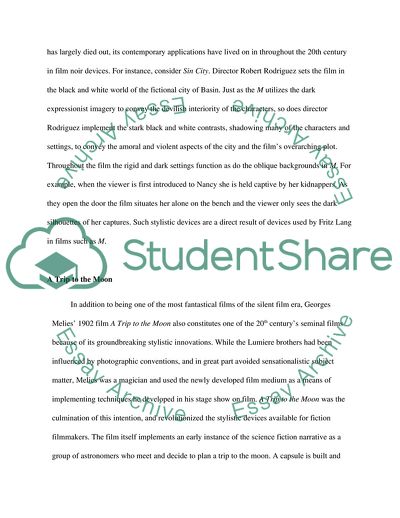Cite this document
(First Fifty Years of American Cinema Term Paper, n.d.)
First Fifty Years of American Cinema Term Paper. https://studentshare.org/visual-arts-film-studies/1743022-first-fifty-years-of-american-cinema
First Fifty Years of American Cinema Term Paper. https://studentshare.org/visual-arts-film-studies/1743022-first-fifty-years-of-american-cinema
(First Fifty Years of American Cinema Term Paper)
First Fifty Years of American Cinema Term Paper. https://studentshare.org/visual-arts-film-studies/1743022-first-fifty-years-of-american-cinema.
First Fifty Years of American Cinema Term Paper. https://studentshare.org/visual-arts-film-studies/1743022-first-fifty-years-of-american-cinema.
“First Fifty Years of American Cinema Term Paper”. https://studentshare.org/visual-arts-film-studies/1743022-first-fifty-years-of-american-cinema.


